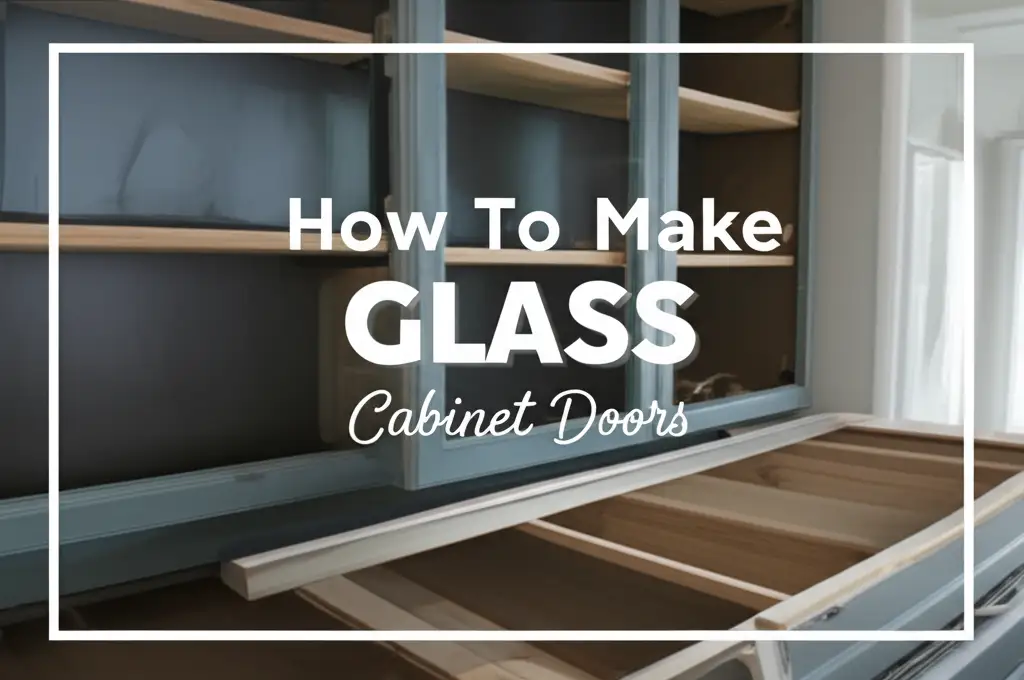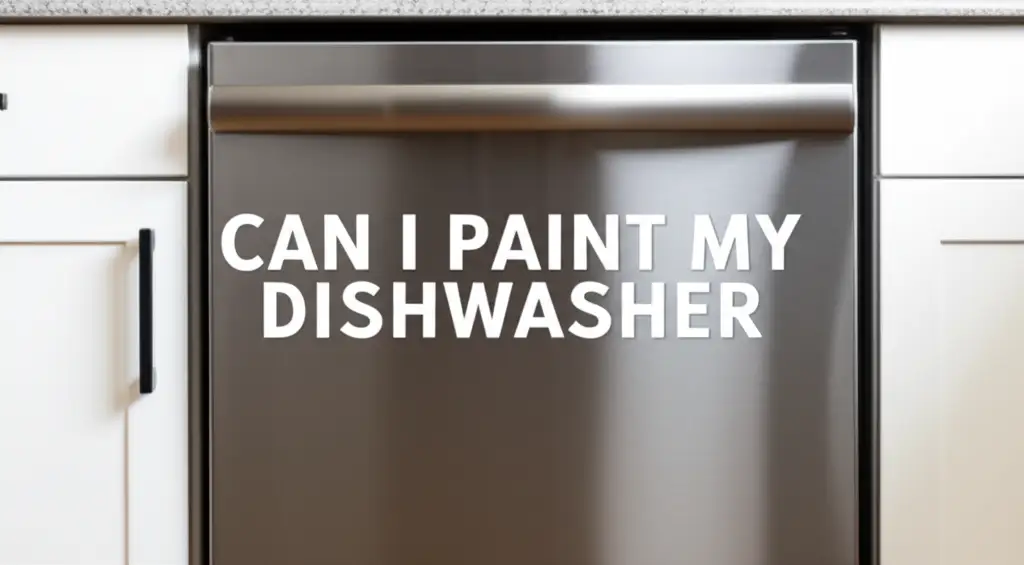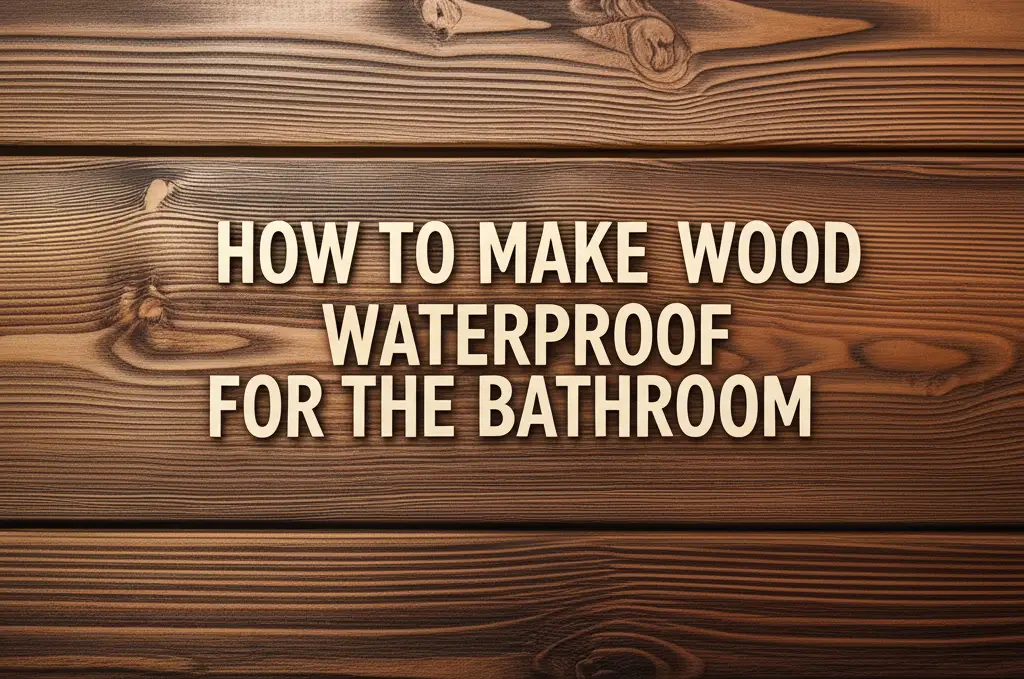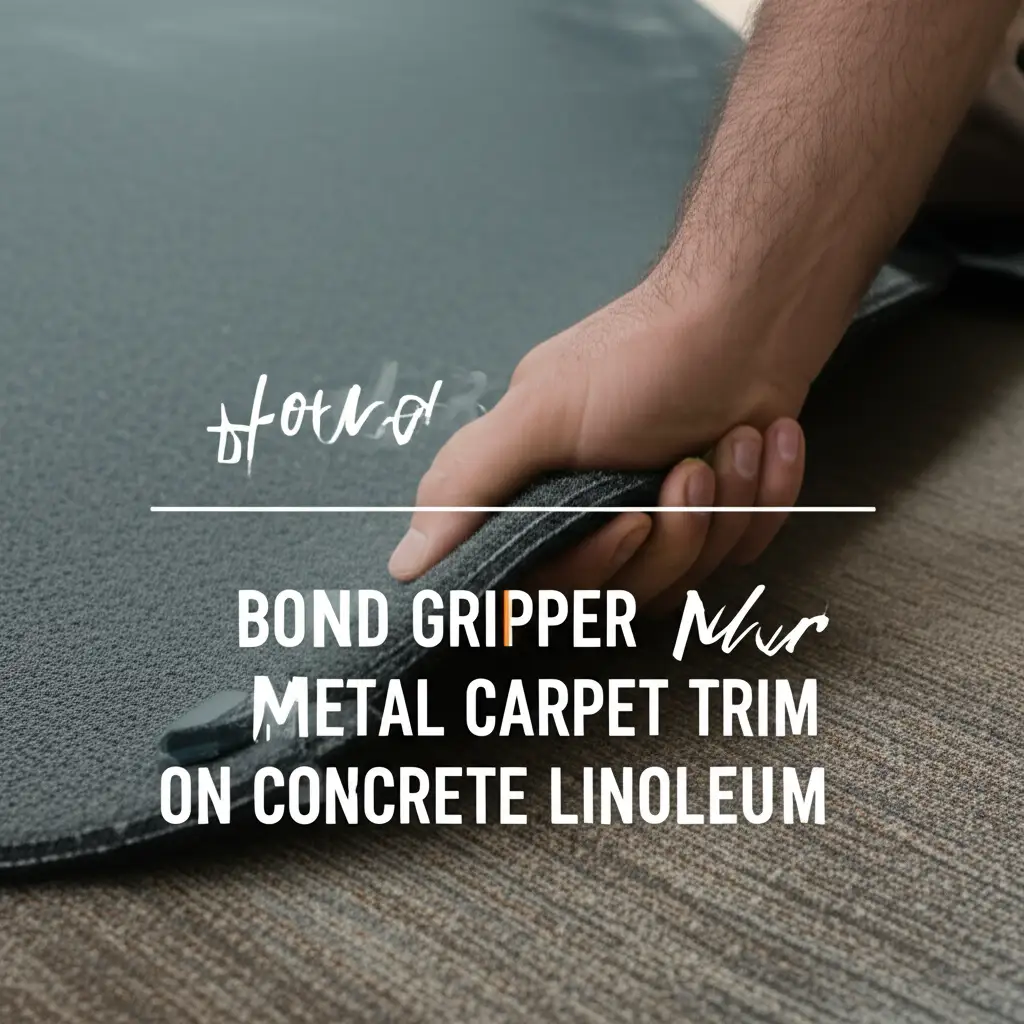· Mason Everett · Home Improvement · 10 min read
Is 1 2 In Plywood Ok For Flooring Beneath Carpet
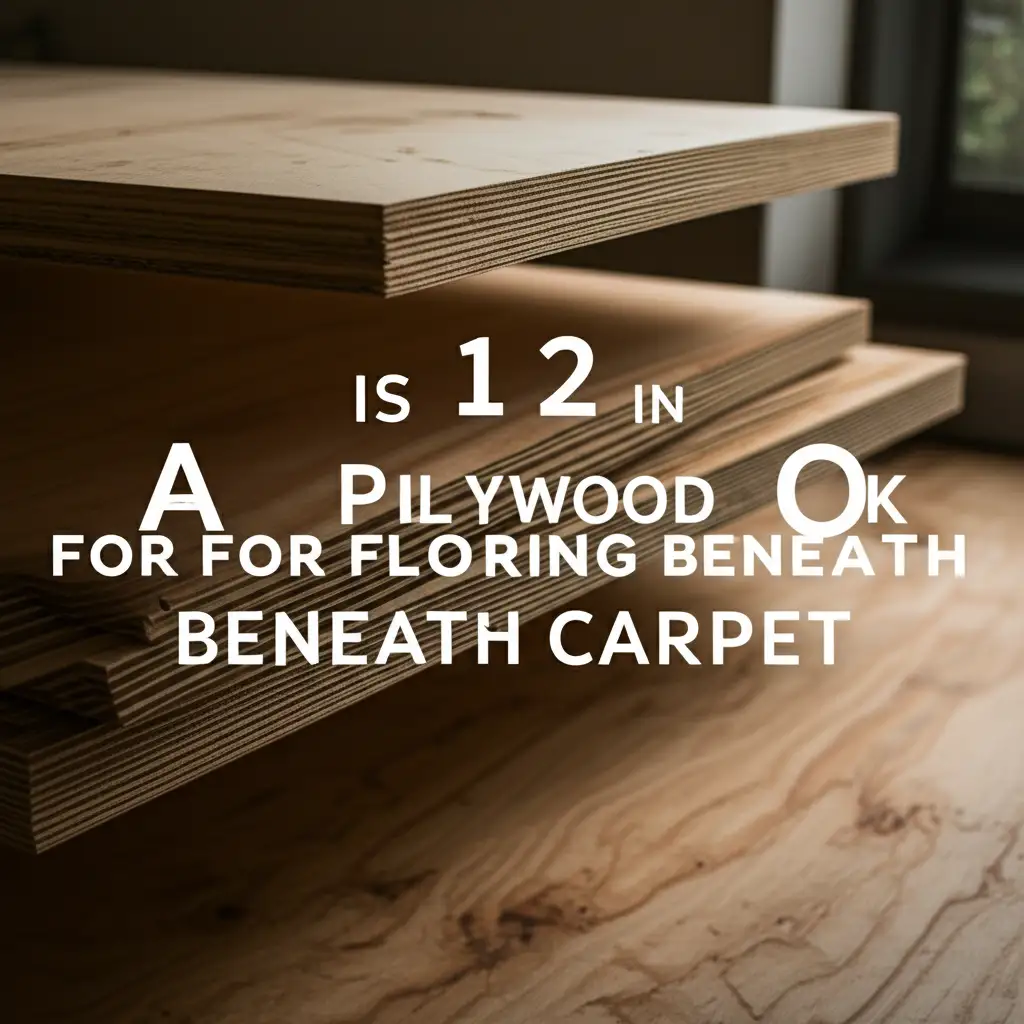
Is 1/2 Inch Plywood Okay for Carpet Subfloor?
Thinking about laying new carpet? You might wonder about the best material for the subfloor. Specifically, many homeowners ask: “Is 1/2 inch plywood okay for flooring beneath carpet?” This is a good question. The subfloor is the foundation of your entire flooring system. It must be strong and stable to support foot traffic and the carpet itself. The right subfloor prevents issues like squeaks, dips, and premature carpet wear.
Choosing the correct plywood thickness depends on several factors. These include the spacing of your floor joists and whether an existing subfloor is present. Using the wrong thickness can lead to major problems down the road. We will explore when 1/2-inch plywood is a good choice and when it is not. We will also discuss installation tips and important considerations for a long-lasting floor.
Takeaway
- 1/2-inch plywood is generally not thick enough for a primary subfloor over widely spaced joists.
- It can work as an underlayment over an existing structural subfloor, adding smoothness.
- Proper joist spacing (e.g., 16 inches on center) is key for any plywood thickness.
- Thicker plywood (3/4 inch or more) provides better stability and reduces floor flex.
- Always check local building codes for minimum subfloor requirements.
Is 1/2 inch plywood ok for flooring beneath carpet? Generally, 1/2-inch plywood is not ideal as a standalone subfloor for carpet, especially over standard joist spacing. It often lacks the necessary rigidity, leading to noticeable floor flex and potential issues like squeaks and uneven carpet wear. It is better suited as an underlayment layer over an existing, thicker subfloor.
Understanding Subfloor Basics
The subfloor is the structural base of your floor. It sits directly on top of your floor joists. Its main job is to provide a stable, flat surface for the finished flooring. For carpet, a stable subfloor prevents ripples and uneven spots. A strong subfloor also stops noise and vibrations.
Most homes use plywood or oriented strand board (OSB) for subfloors. These materials are cost-effective and strong. They come in various thicknesses. The right thickness depends on the distance between your floor joists. It also depends on the type of finished flooring you plan to install. Thicker subflooring means a stronger, more rigid floor.
Proper installation is as important as the material itself. Fasteners must secure the subfloor to the joists. Gaps between sheets should be minimal. This prevents movement and reduces squeaks. A good subfloor provides a solid foundation for any flooring.
The Role of Plywood Thickness
Plywood thickness directly affects floor stability. A thicker sheet of plywood resists bending better. This is called deflection. When someone walks across the floor, it should not bounce or flex too much. If it does, the floor feels soft.
For subflooring, standard thicknesses range from 1/2 inch to 3/4 inch or even 1 inch. The common recommendation for a primary subfloor is at least 5/8 inch or 3/4 inch. This is especially true when joists are spaced 16 inches on center. If joists are wider apart, like 24 inches on center, you need even thicker plywood. A 3/4-inch plywood provides good support for most residential applications.
Using plywood that is too thin causes problems. The floor may bounce and squeak. Carpet laid over a thin, flexing subfloor can wear out faster. It can also develop ripples or bumps. Choosing the right thickness ensures a durable and comfortable floor.
When 1/2-Inch Plywood Might Be Acceptable
There are specific situations where 1/2-inch plywood might work. It is usually not for the main structural subfloor. Instead, it serves as an underlayment. An underlayment is an additional layer of material placed over the subfloor. Its purpose is to provide a smooth, uniform surface for the finished flooring.
You might use 1/2-inch plywood if you already have a strong, existing subfloor. This existing subfloor would typically be at least 5/8 inch or 3/4 inch thick. The 1/2-inch plywood then acts as a leveling layer. It smooths out any imperfections in the old subfloor. This creates a perfect base for your new carpet. Some people refer to this as adding “extra flooring” for better results. For more details on this, consider exploring what purpose of extra flooring under carpet.
Another case is if your floor joists are very closely spaced. For example, joists spaced 12 inches on center could support 1/2-inch plywood more effectively. However, this is less common in modern residential construction. Always consult building codes.
Why 1/2-Inch Plywood is Often Not Enough
Using 1/2-inch plywood as your sole subfloor under carpet usually leads to problems. The main issue is a lack of stiffness. Most residential floor joists are spaced 16 inches or 24 inches on center. Over these spans, 1/2-inch plywood will flex too much. This causes the floor to feel bouncy.
Floor flex has several negative impacts. First, it can lead to squeaky floors. As people walk, the plywood moves against the joists or other plywood sheets. This creates noise. Second, the movement can damage the carpet over time. It can cause ripples, wrinkles, or accelerated wear in high-traffic areas. Third, if you ever change to a harder flooring like tile or hardwood, 1/2-inch plywood will definitely not be enough. These materials require a very rigid subfloor to prevent cracking.
Building codes in many areas specify minimum subfloor thicknesses. These codes aim to ensure structural integrity and safety. For instance, the International Residential Code often recommends thicker plywood for subfloors. You must meet these requirements. Neglecting proper thickness can affect your home’s value and structural integrity.
Alternative Subfloor Materials and Thicknesses
When 1/2-inch plywood is insufficient, you have better options. The most common alternative is thicker plywood. Plywood in 5/8 inch or 3/4 inch thickness is standard for subfloors. For wider joist spacing (e.g., 24 inches on center), 3/4 inch or even 1-inch plywood is necessary. Thicker plywood offers superior rigidity. This prevents deflection and squeaking. It also provides a stronger base for all types of flooring.
Another popular choice is Oriented Strand Board (OSB). OSB is made from compressed wood strands and resin. It is often more affordable than plywood. Like plywood, OSB comes in various thicknesses. Its performance is similar to plywood for subfloor applications. You should use the same thickness guidelines for OSB as for plywood. For example, 3/4-inch OSB is a common choice over 16-inch joist spacing.
Some subfloor systems use tongue-and-groove edges. These edges interlock. This creates a stronger, more seamless surface. This design helps reduce squeaks and provides a flatter base. Always choose a subfloor material that meets or exceeds local building codes.
Installation Best Practices for Carpet Subflooring
Proper subfloor installation is critical for a long-lasting carpet. First, ensure your floor joists are level and sound. Address any sagging or damaged joists before laying plywood. Next, lay plywood sheets with their long edges perpendicular to the joists. This provides maximum strength. Stagger the joints between rows of plywood. This prevents a continuous seam across the floor.
Leave a small gap (1/8 inch) between plywood sheets. Wood expands and contracts with changes in humidity. This gap allows for movement without buckling. Secure the plywood to the joists using screws or ring-shank nails. Screws offer better holding power and reduce squeaks. Fasten along all joists and along the edges of the plywood. Space fasteners every 6 inches along edges and 10-12 inches in the field.
If you are using 1/2-inch plywood as an underlayment over an existing subfloor, ensure the original subfloor is solid. Secure the 1/2-inch layer tightly to the existing floor. Use shorter fasteners to avoid hitting wires or pipes below. Properly installed subflooring ensures your carpet lies flat and wears evenly. This also helps in keeping your carpet in place effectively. Learn more about how to keep a carpet down for optimal results. You can find more information about securing your carpet over various surfaces here: how to keep a carpet down.
Considering Building Codes and Future Plans
Before starting any flooring project, check local building codes. Building codes establish minimum standards for construction. They ensure safety and structural integrity. Most codes specify the minimum thickness for subfloor materials based on joist spacing. Using a subfloor thinner than code requires can lead to inspection failures. It can also cause problems when selling your home. These codes are not suggestions; they are requirements.
Think about your future flooring plans. Even if you are installing carpet now, you might want a different floor later. For instance, hardwood, laminate, or tile need a very rigid subfloor. If you install a barely adequate subfloor for carpet, changing flooring later becomes difficult or costly. You may need to add another layer or replace the subfloor entirely. Investing in a thicker, more stable subfloor now saves money and effort later.
Consider adding insulation between joists if noise is a concern. This improves sound dampening. A well-built subfloor enhances the overall comfort and value of your home. If you are considering specialized applications like heated floors, this also influences subfloor choices. You can explore can you put carpet over in floor heat for specific subfloor considerations in heated environments.
FAQs About Plywood Subflooring for Carpet
Q1: Can I use 1/2-inch OSB instead of plywood for a subfloor under carpet? A1: Similar to plywood, 1/2-inch OSB is generally too thin for a primary subfloor over standard joist spacing (16 inches or 24 inches on center). It will likely result in excessive floor flex and potential squeaks. It is better to use 5/8-inch or 3/4-inch OSB for a stable subfloor.
Q2: What happens if I use plywood that is too thin under my carpet? A2: Using plywood that is too thin can lead to several problems. Your floor may feel bouncy or spongy when walked on. It can also cause squeaking noises as the subfloor moves. Over time, the carpet itself might show ripples, wrinkles, or wear out faster in specific areas due to uneven support.
Q3: Do I need an underlayment if my subfloor is already 3/4-inch plywood? A3: If your 3/4-inch plywood subfloor is smooth, flat, and securely fastened, an additional underlayment is often not strictly necessary for carpet. However, some prefer an extra thin layer of underlayment or specialized carpet pad. This can provide extra smoothness and a softer feel.
Q4: How do I know what subfloor thickness my building code requires? A4: You can check your local municipality’s building department website or contact them directly. They can provide information on current building codes, including minimum subfloor thickness requirements based on joist spacing and intended use. This ensures your project meets all necessary standards.
Q5: Can existing 1/2-inch plywood be reinforced for carpet? A5: Yes, if you have an existing 1/2-inch plywood subfloor that is otherwise sound, you can reinforce it. The best way is to add a second layer of plywood or OSB on top. This new layer should be at least 1/2 inch thick, bringing the total thickness to 1 inch. This significantly increases rigidity and stability for carpet.
Conclusion
When considering “Is 1/2 inch plywood ok for flooring beneath carpet,” the general answer leans towards caution. While 1/2-inch plywood can serve as an underlayment over an existing, robust subfloor, it is rarely sufficient as the primary subfloor itself. For a stable, durable foundation that prevents squeaks and ensures your carpet wears evenly, thicker plywood (5/8 inch or 3/4 inch) or OSB is the recommended choice.
Always account for your floor joist spacing and consult local building codes to ensure your subfloor meets minimum requirements. Investing in the correct subfloor thickness now saves you from costly repairs and discomfort later. A solid subfloor is the unsung hero of a comfortable home. It provides a quiet and stable walking surface for years to come. Make the wise choice for your home’s foundation.


